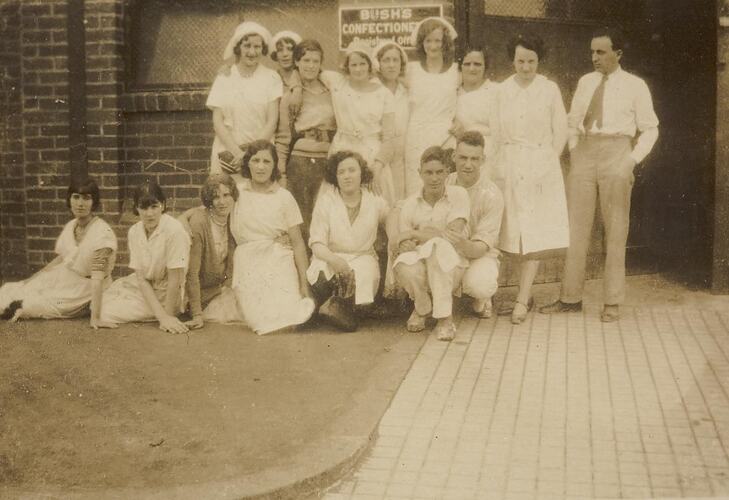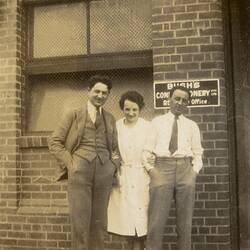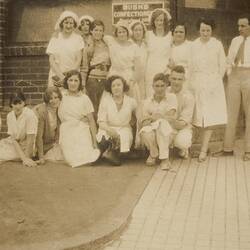In the years between World War I and World War II, the majority of immigrants to Australia came from the British Isles. The 1901 Immigration Restriction Act limited non-British immigration through the use of quota systems and a dictation test. Nevertheless, immigrants came to Australia from many countries, particularly Europe, and gradually built local communities. The 1958 Migration Act, finally removed references to race, opening the door to non-discriminatory immigration policy. However, non-European immigration to Australia remained limited until the passage of the Racial Discrimination Act in 1975.
At a time when inexpensive cameras were affordable to most, photographs provide an important record of immigration: migrants arriving in Melbourne, building their first home, working, celebrating family weddings and birthdays, children playing in the streets, and family holidays by the beach. Collectively, such photographs mark the construction of life in a new country: creating new social networks, finding places to live, providing mementoes of key moments, and demonstrating the ways that ideals are fulfilled or challenged.
More Information
-
Keywords
-
Authors
-
Article types



